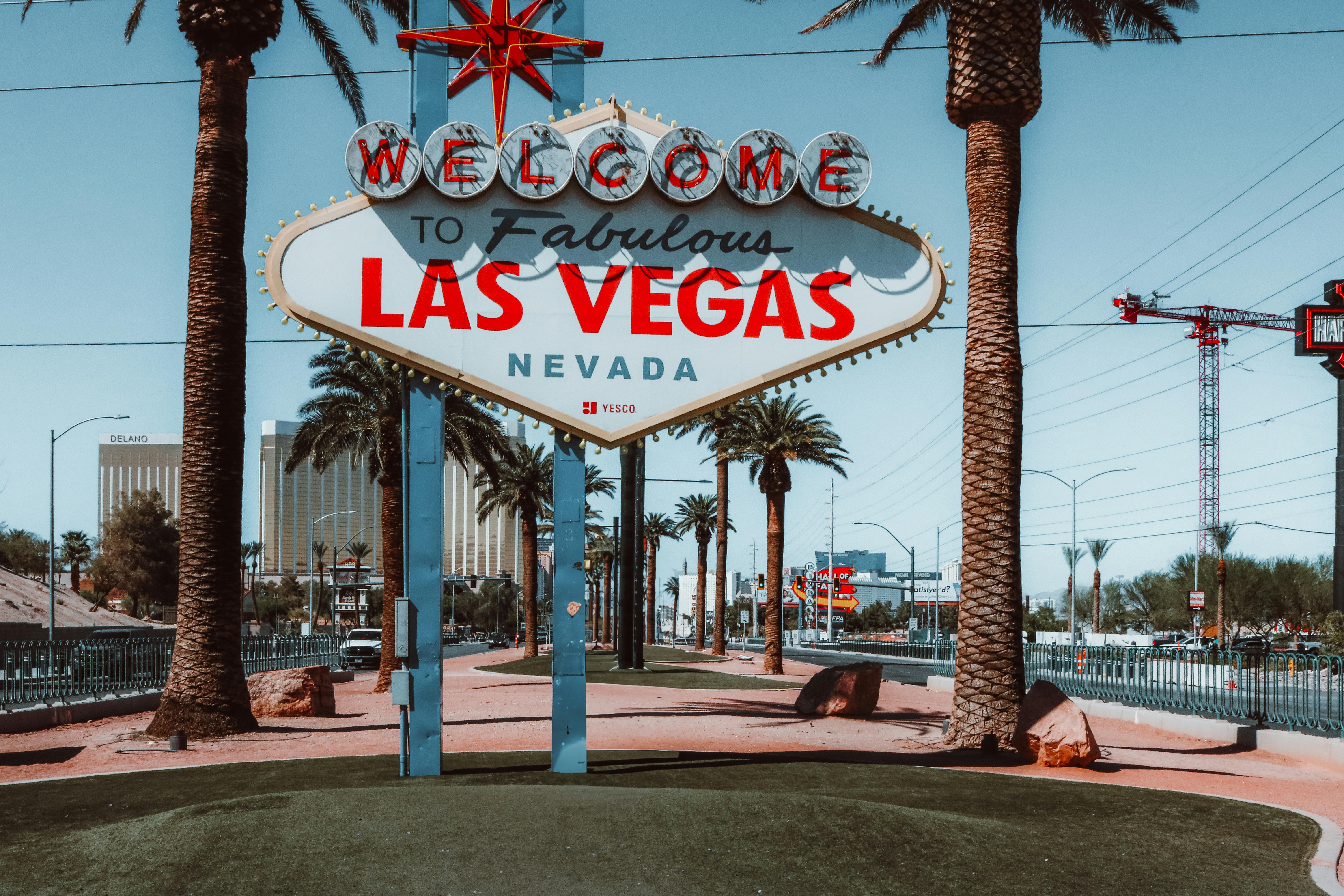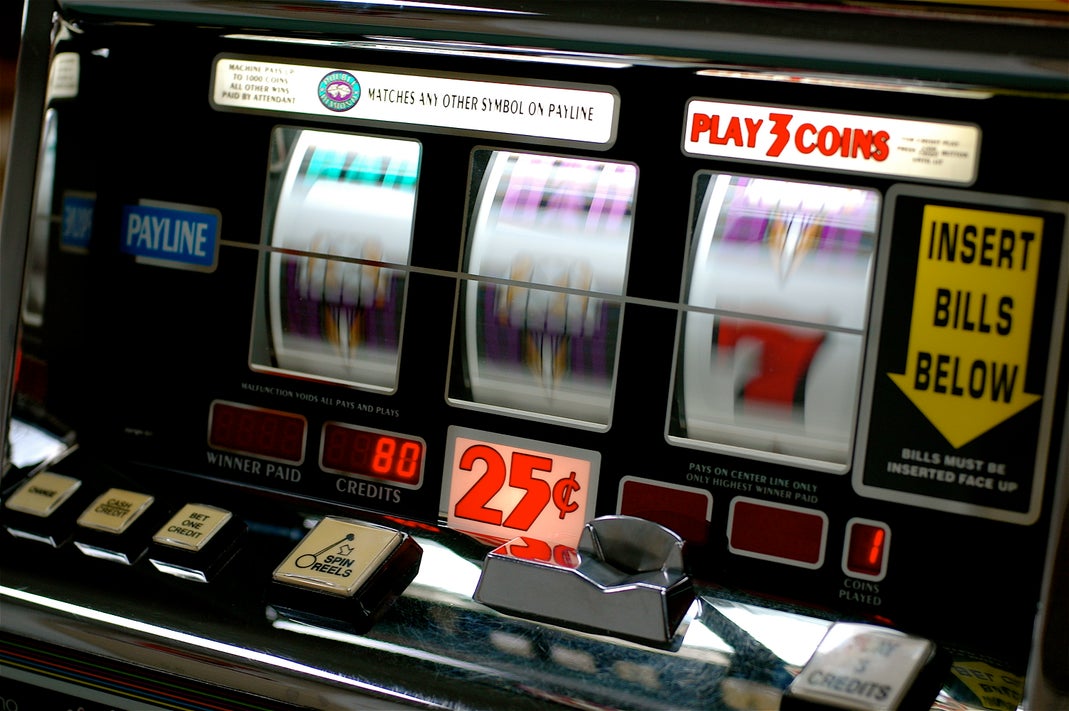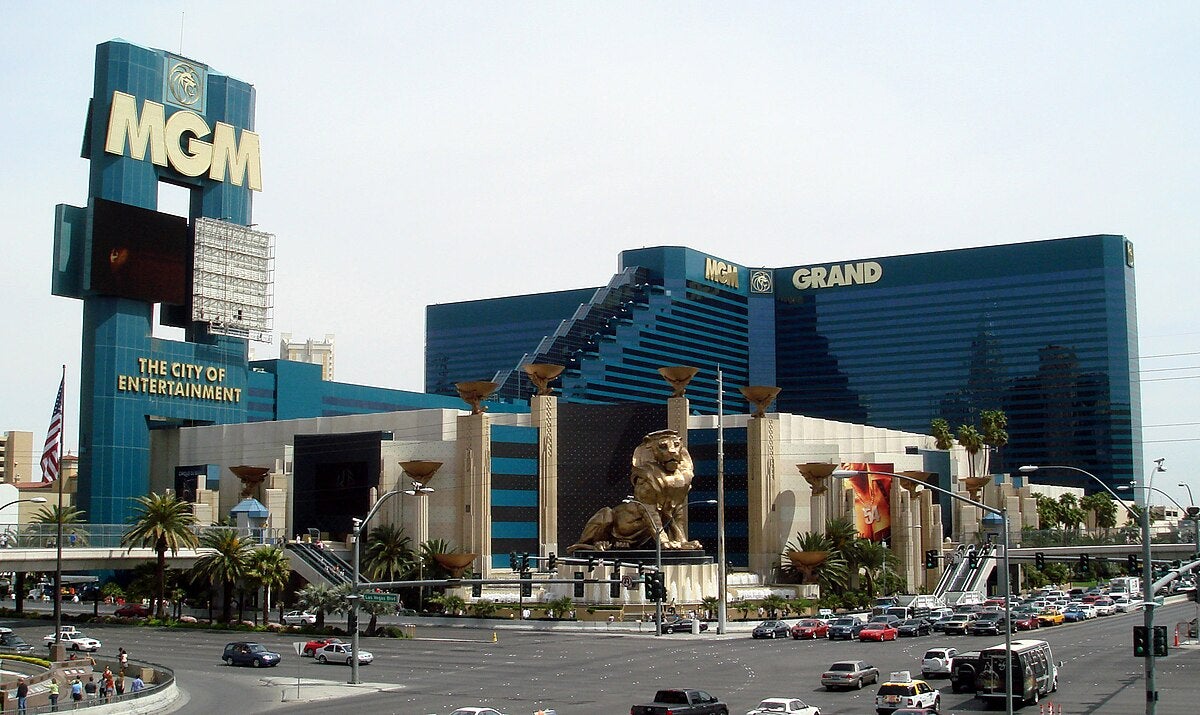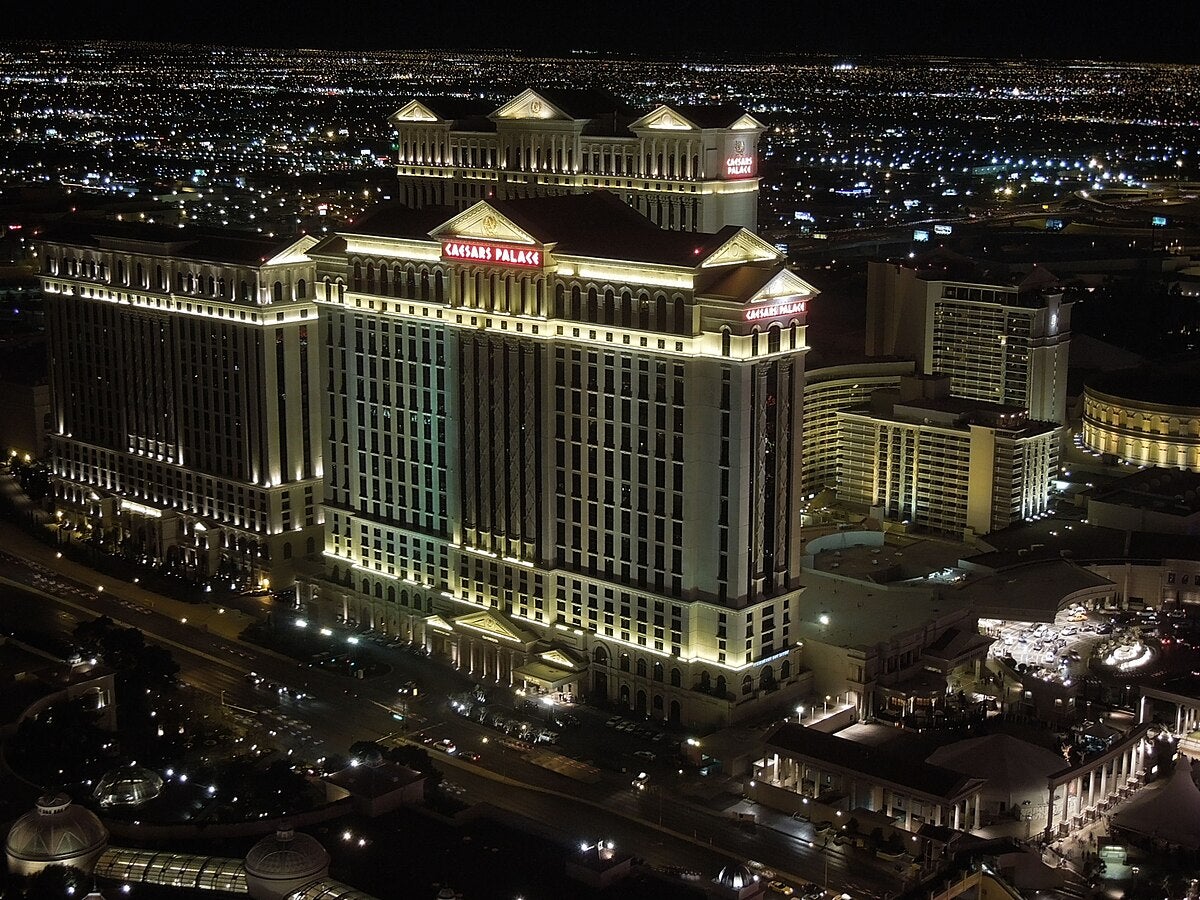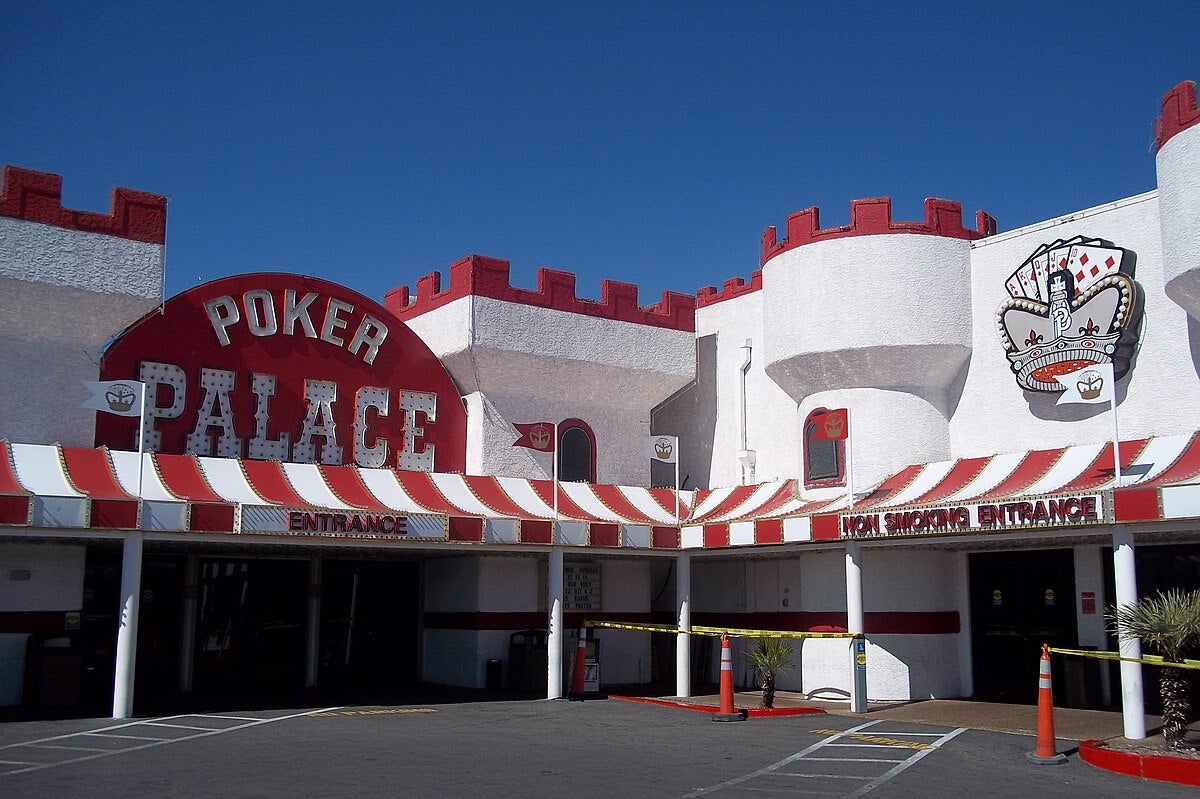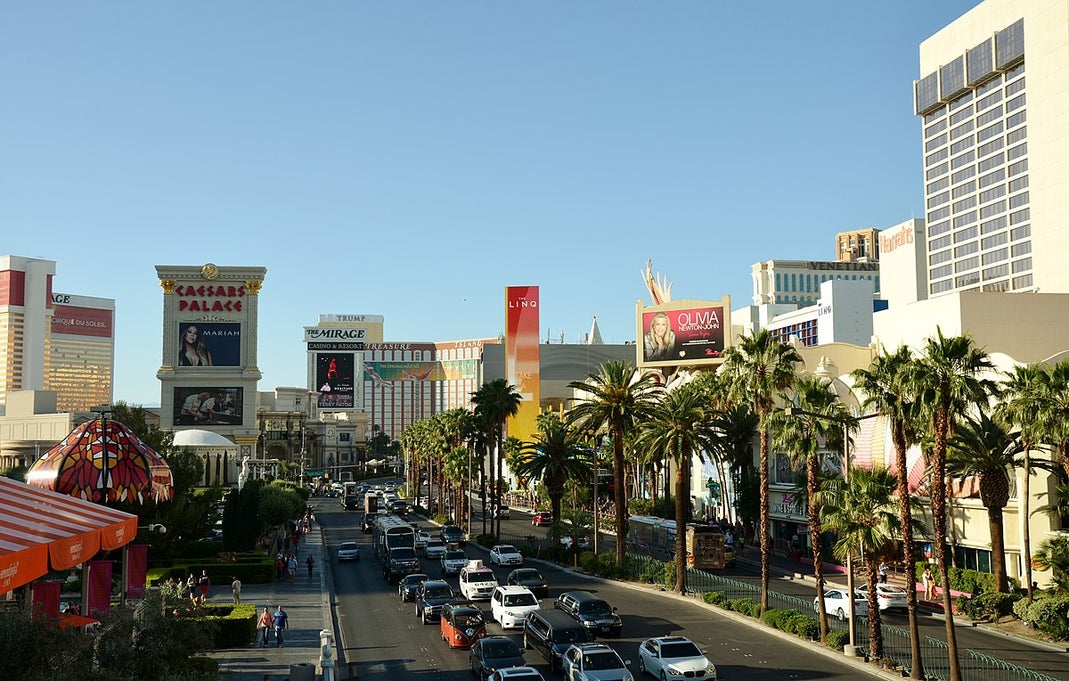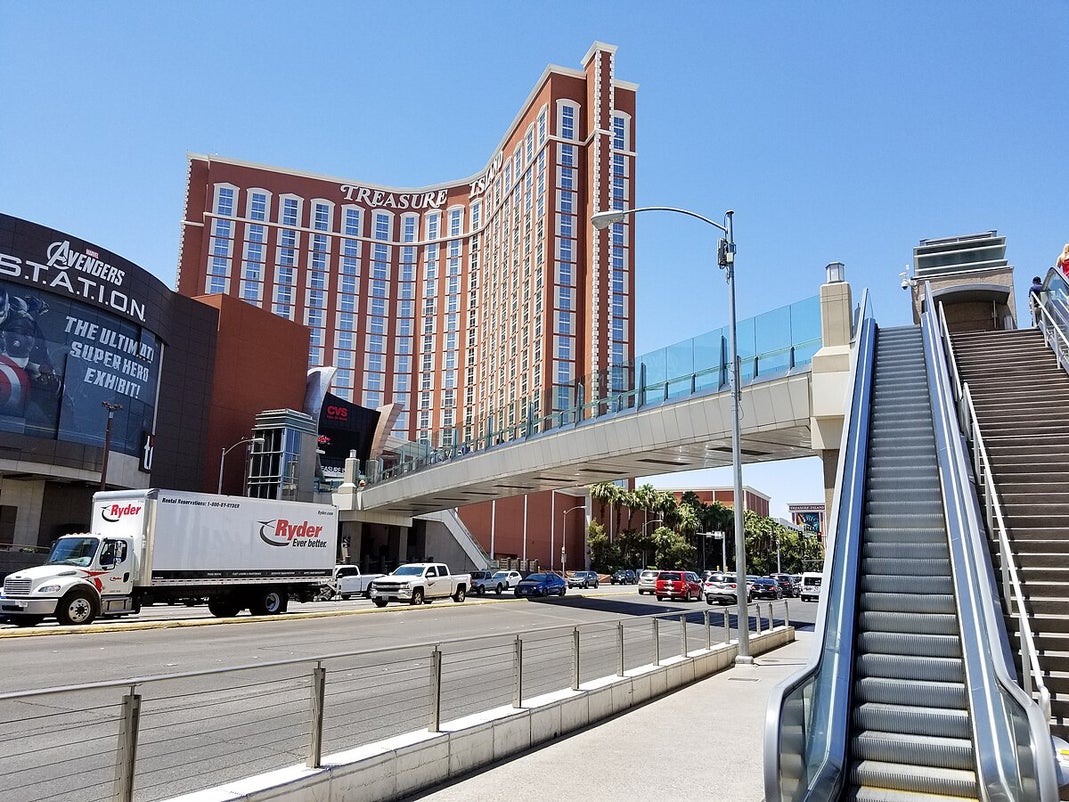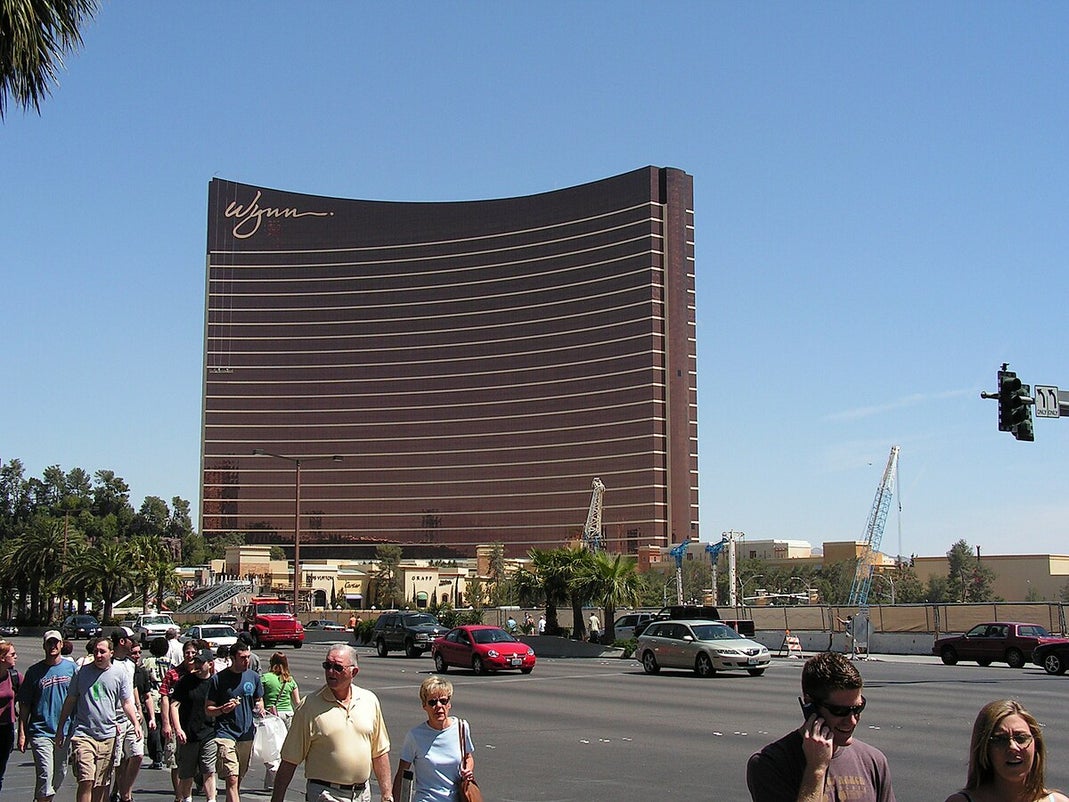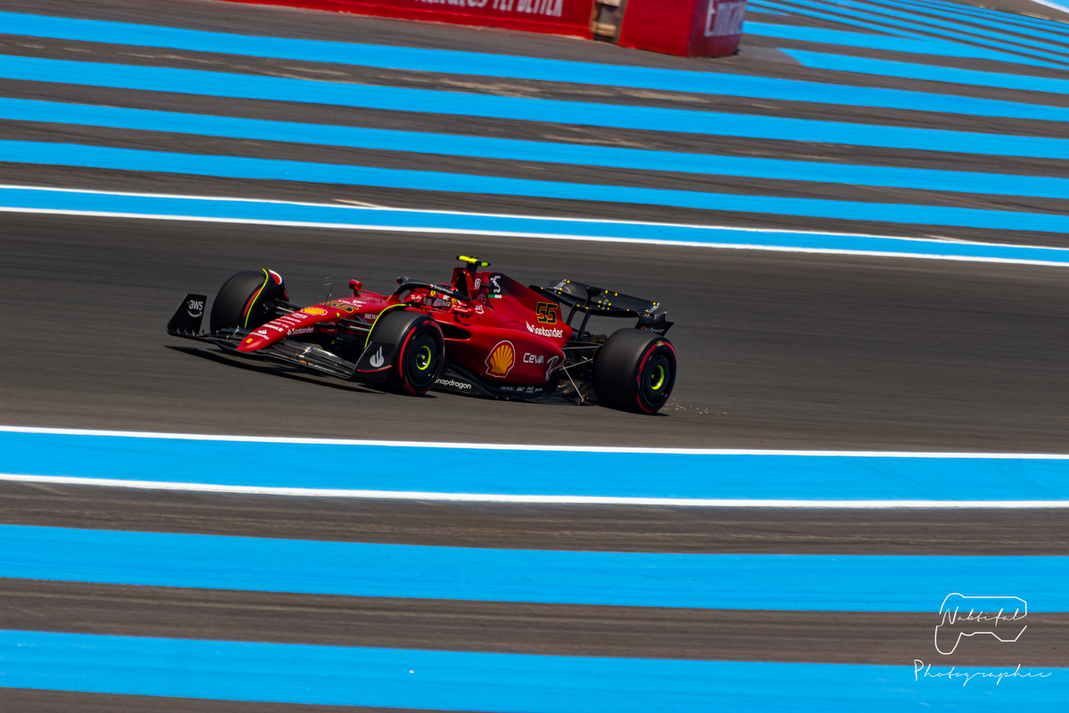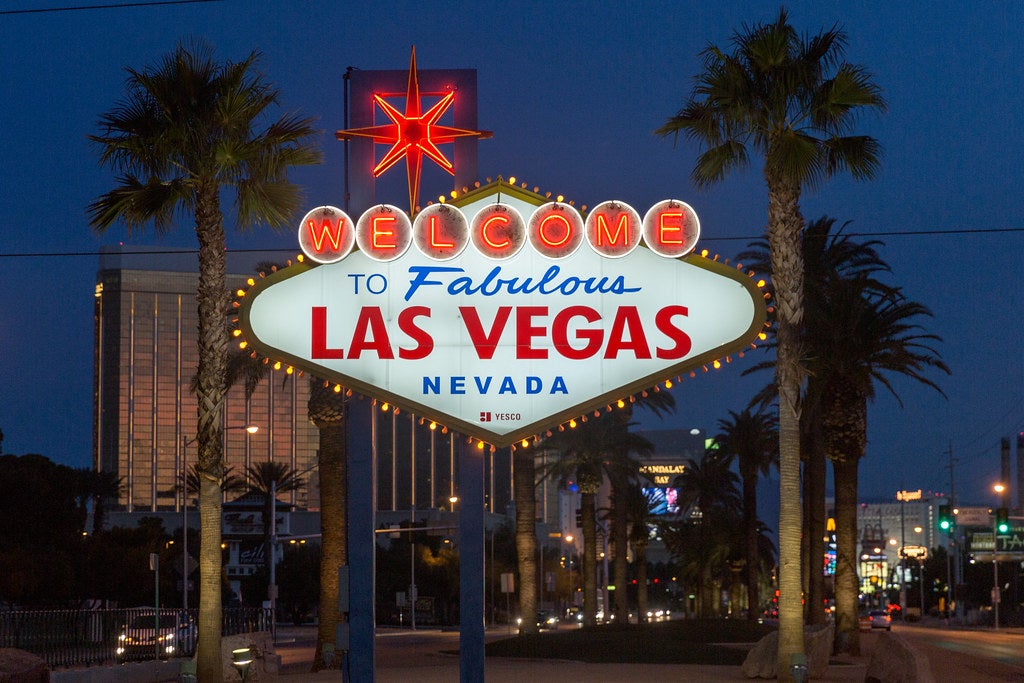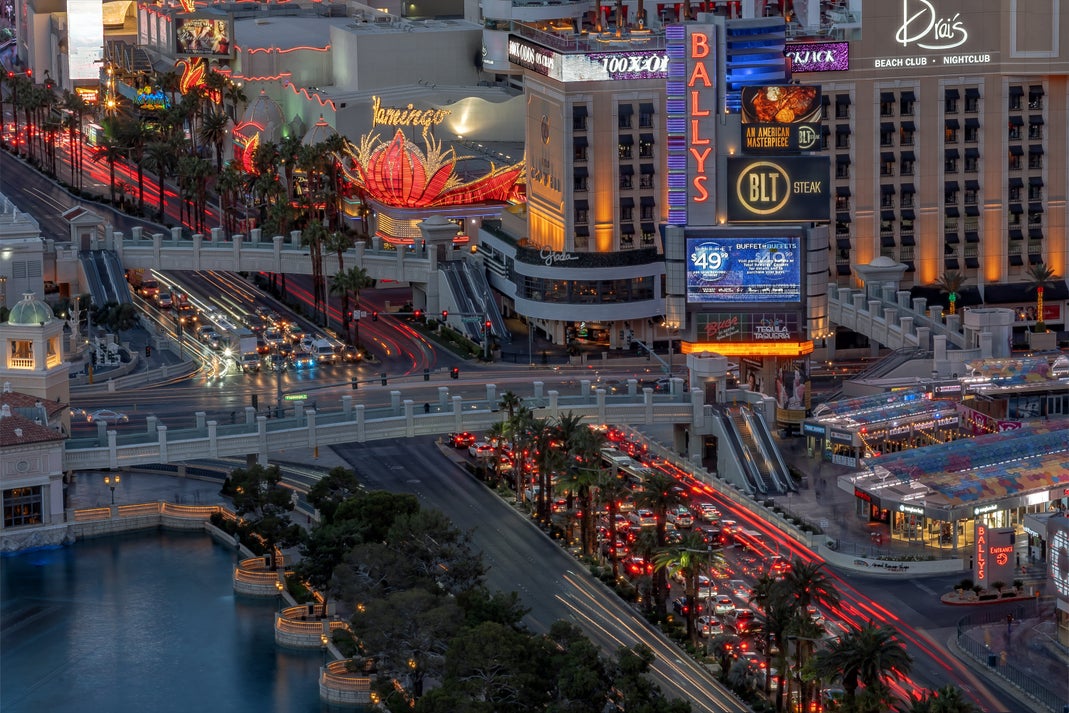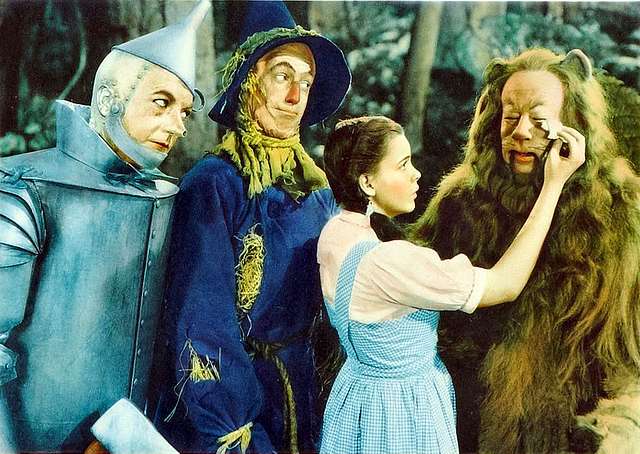Vegas Workforce Decline
Las Vegas is the highlight of the industry’s crisis, with April 2025 visitor arrivals down 5.1% year-on-year, a seemingly minor but devastating dip for a city dependent on mass tourism.
While the neon glamor remains, hospitality roles are dwindling en masse. Major operators like Fontainebleau, Resorts World, and MGM Resorts have initiated layoffs of dealers, valets, and concierges, replacing them with automated gaming platforms.
Nevada closed 2024 with a 5.9% unemployment rate, the highest across US metros. David Knoll of CEG Dealer School pointed out that thriving casinos allowed novice dealers to transition into stable careers, highlighting the consequences of breaking such employment pipelines. Training academies now report drastic enrollment slumps, undermining future labor workforce.
Further Economic Strain
Even the employed casino dealers face intensifying financial pressure, with Nevada’s 2024 average hourly wage of $19.96 barely exceeding the national rate and ranking outside the top five states. Rising Las Vegas living costs further burden a diminishing workforce.
Hotel occupancy also continues to decline, as April’s numbers dropped 1% overall and 2.6% downtown, slashing revenues for entertainment venues, restaurants, and tourism-reliant small businesses. Simultaneously, Canadian tourists—who account for 35% of dependable visitors—now favor domestic destinations like Halifax and Vancouver, leading to mass cancelations.
Geopolitical Pressures
Trade tensions and immigration policy shifts have triggered steep international travel declines in Las Vegas. US tourism spending from abroad is projected to plummet by $12.5 billion in 2025, and without strategic interventions, the damage may become long-term. Upcoming events like the 2026 World Cup offer recovery opportunities, but analysts argue that unless travel friction and geopolitical concerns are addressed, the situation is likely to get worse.




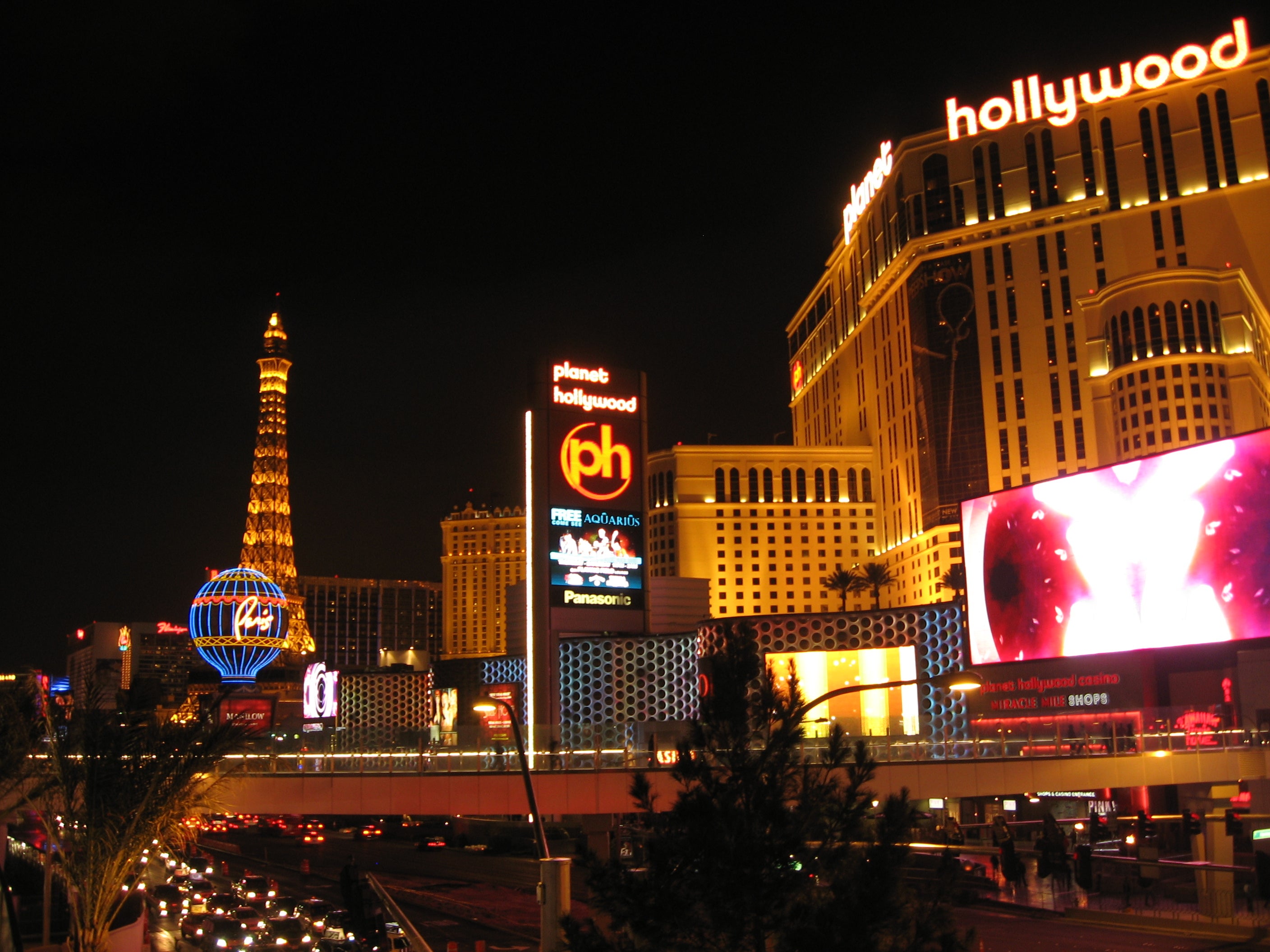
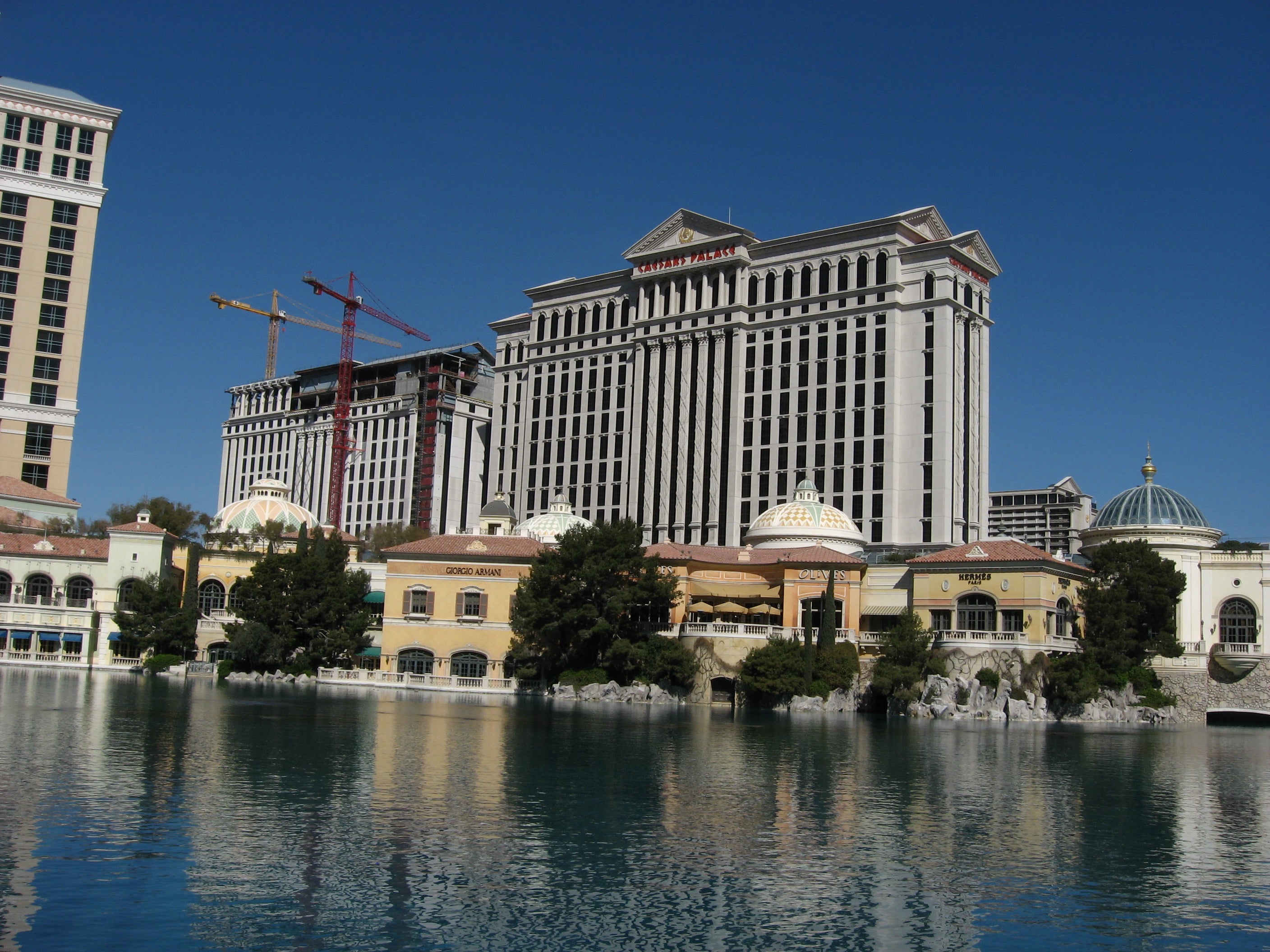
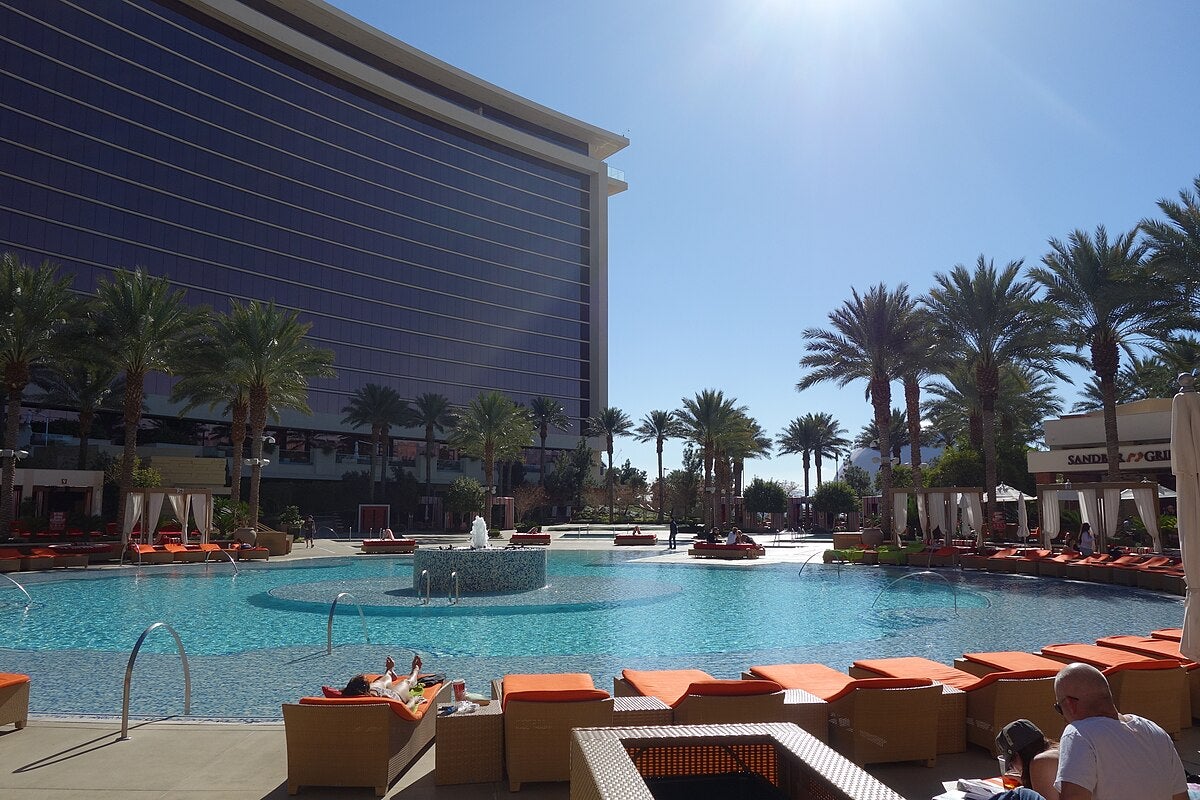


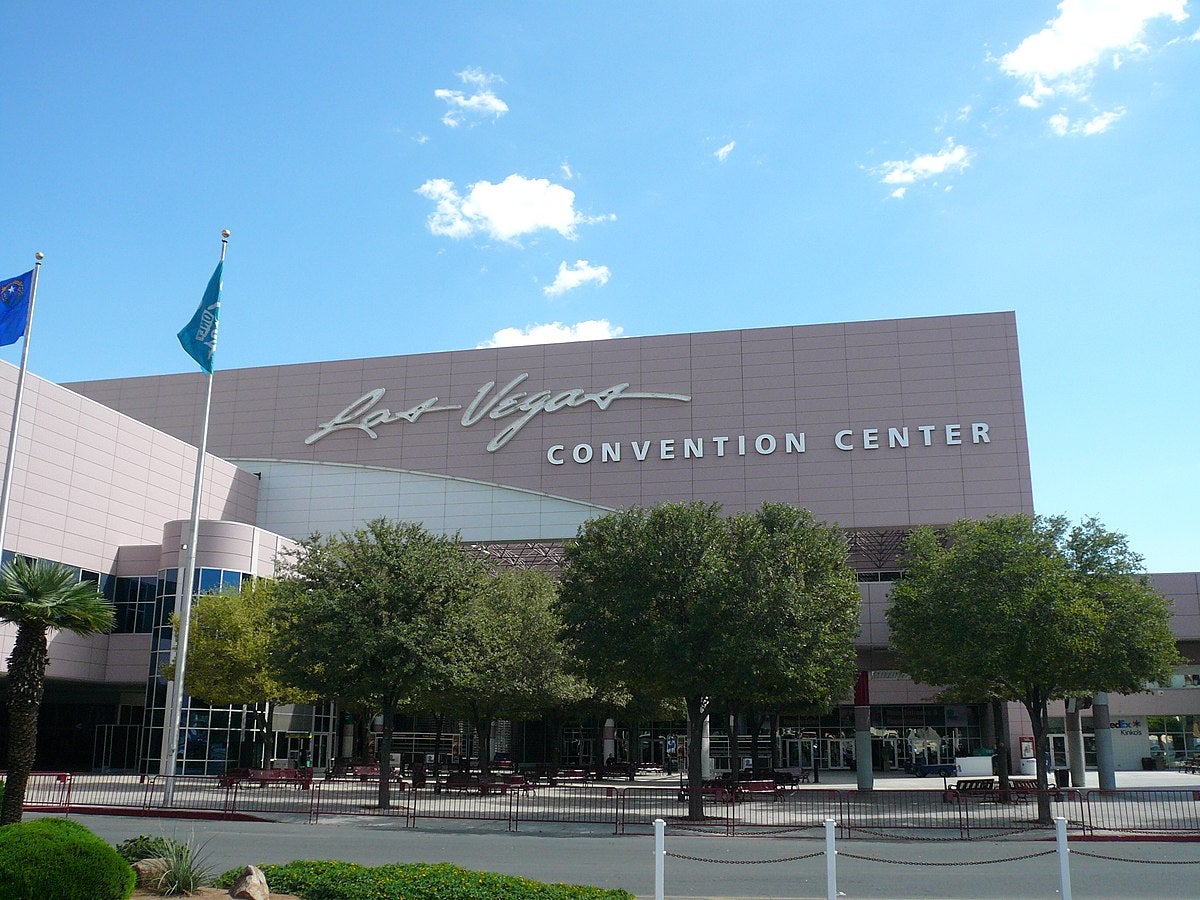
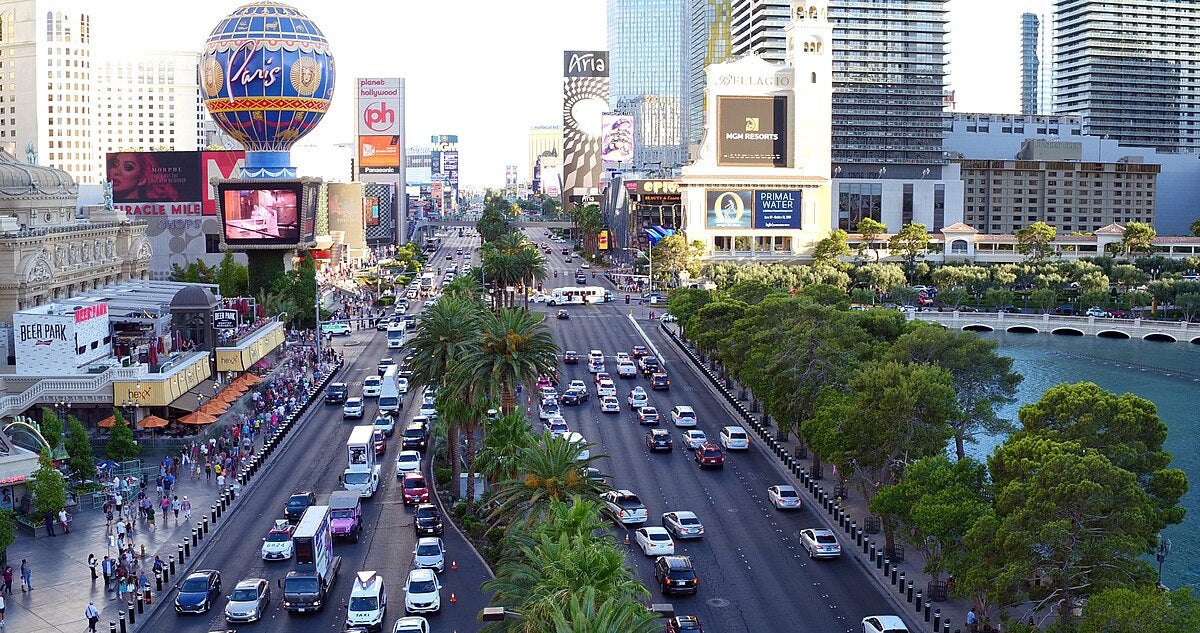


_-_an__All-American_Road_,_a_scenic_route...by_day_and_especially_by_night_(49686549532).jpg)


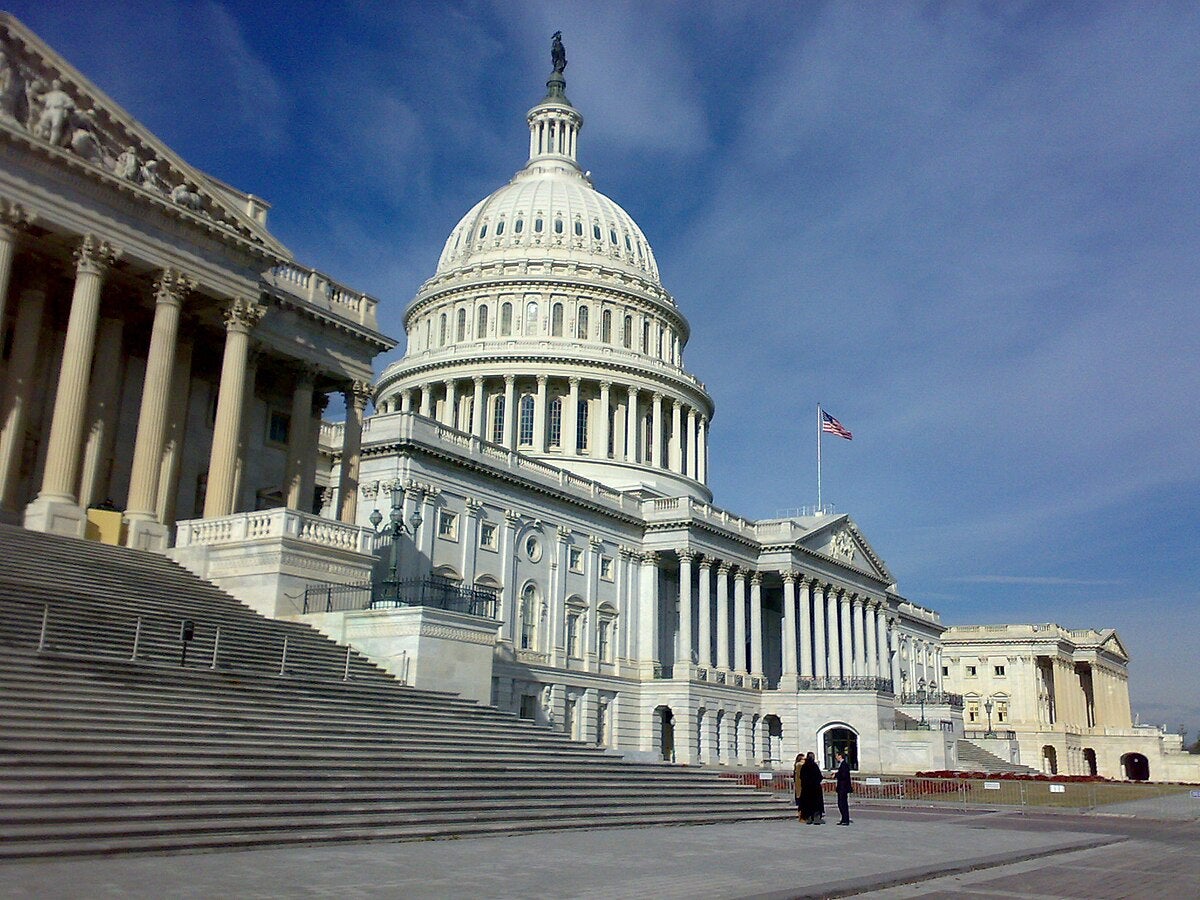

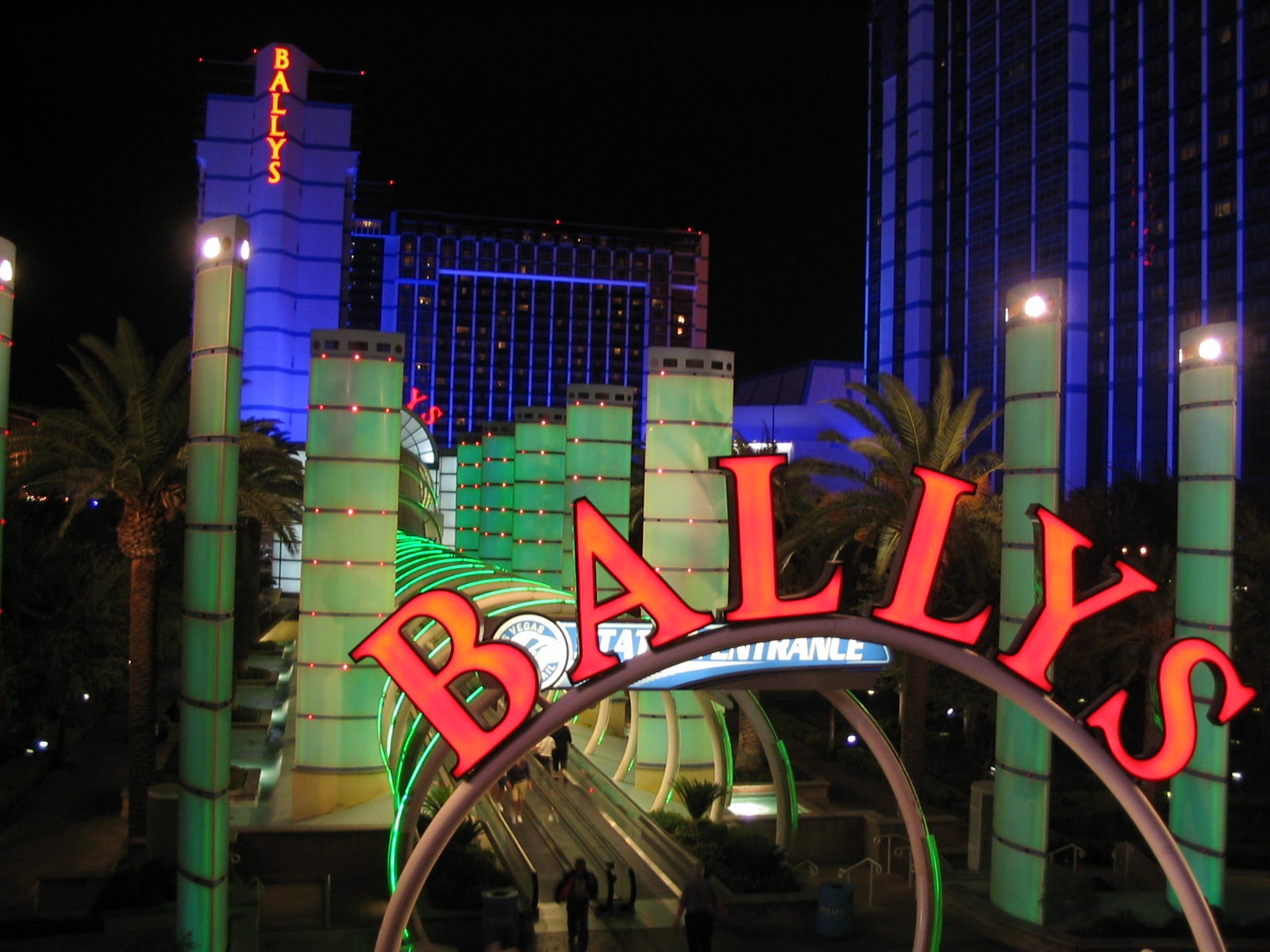

.jpg)

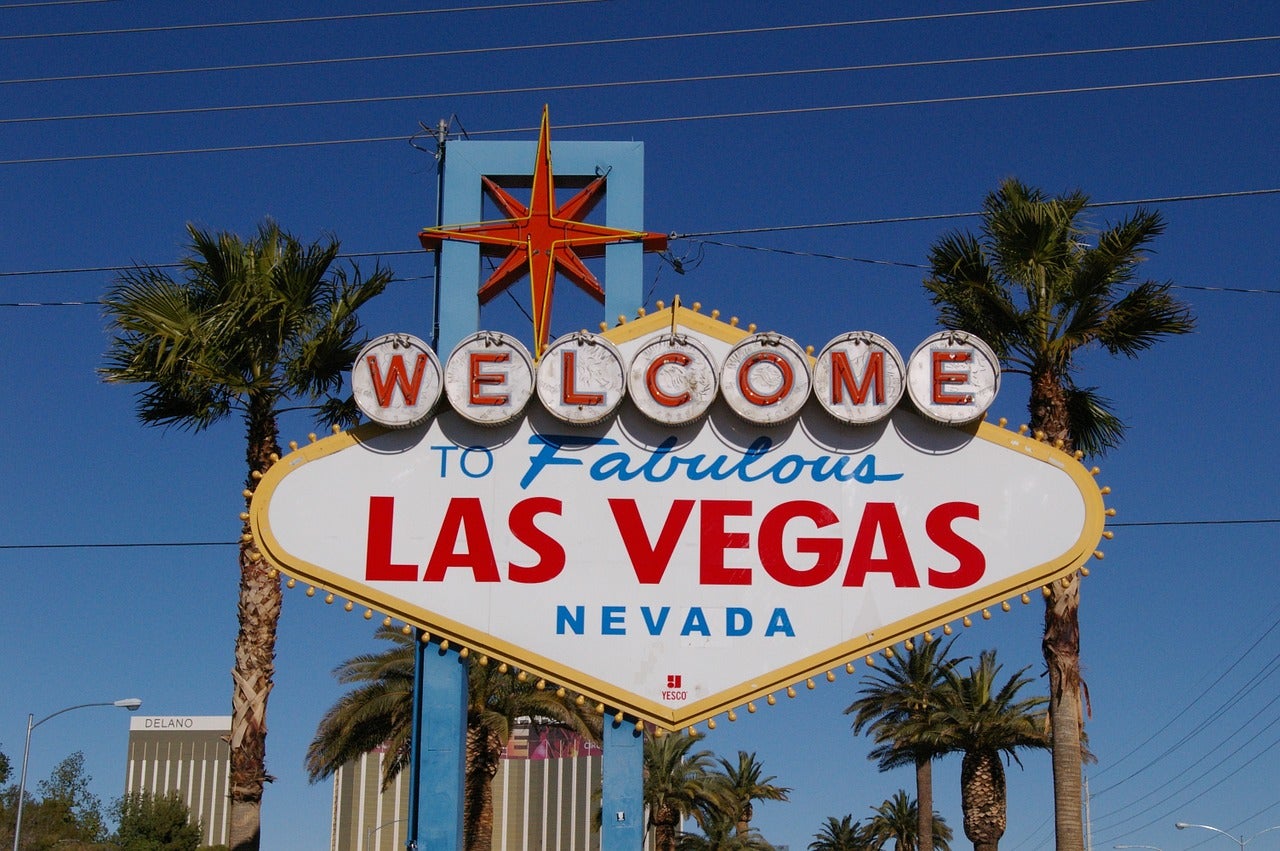
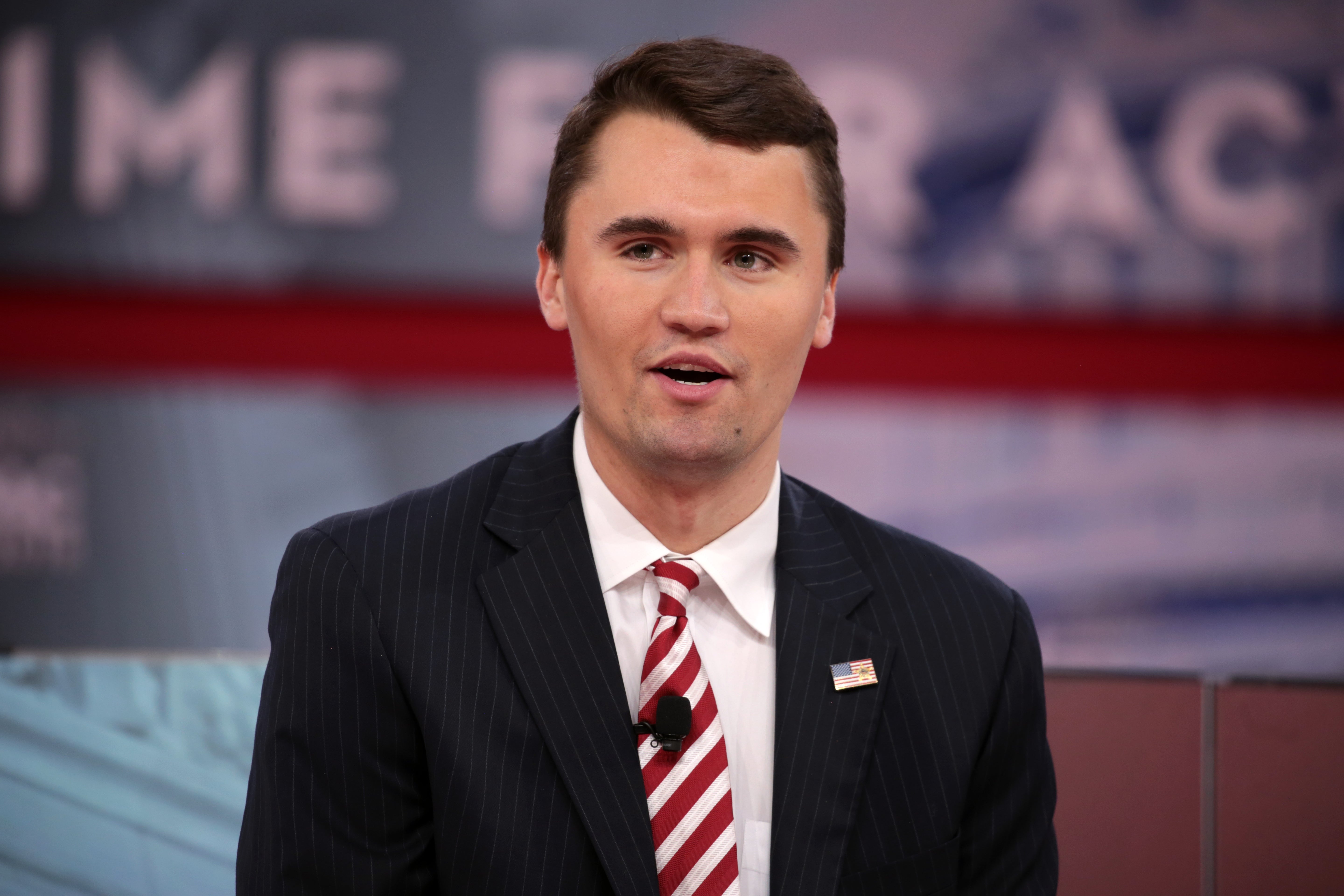
.jpg)
